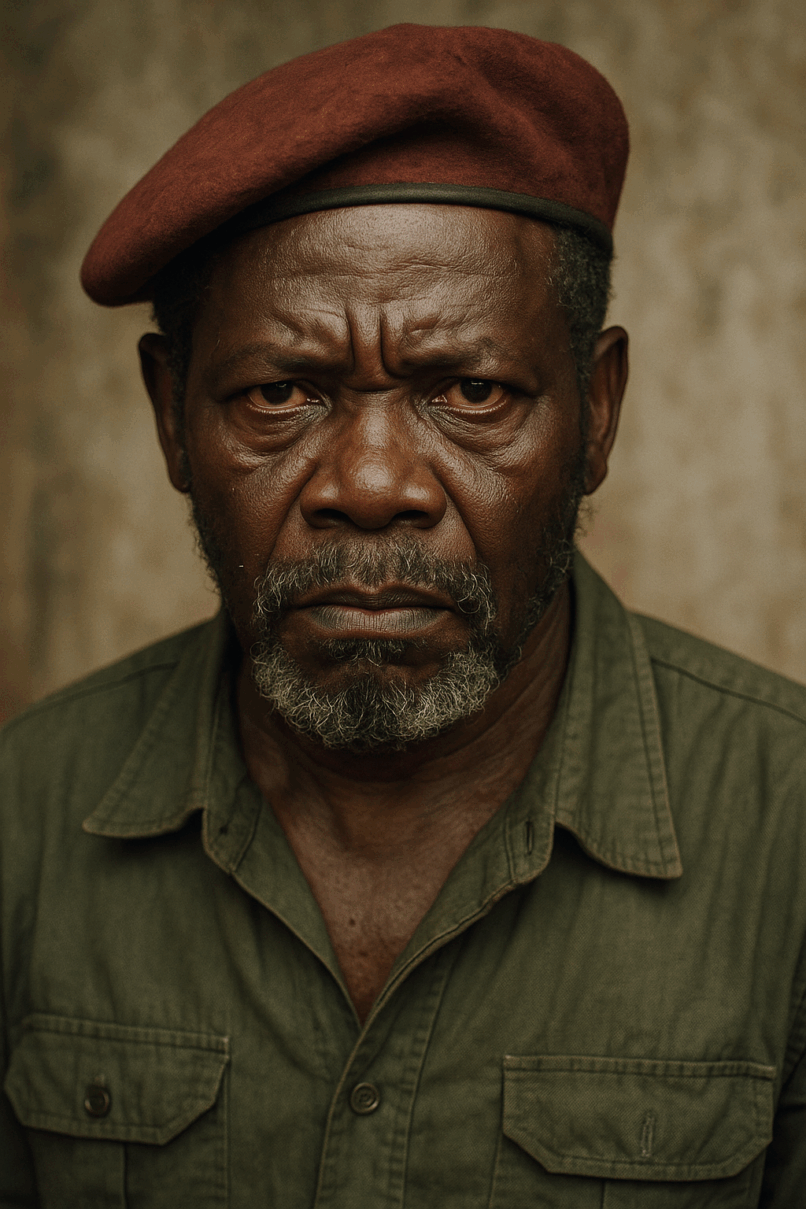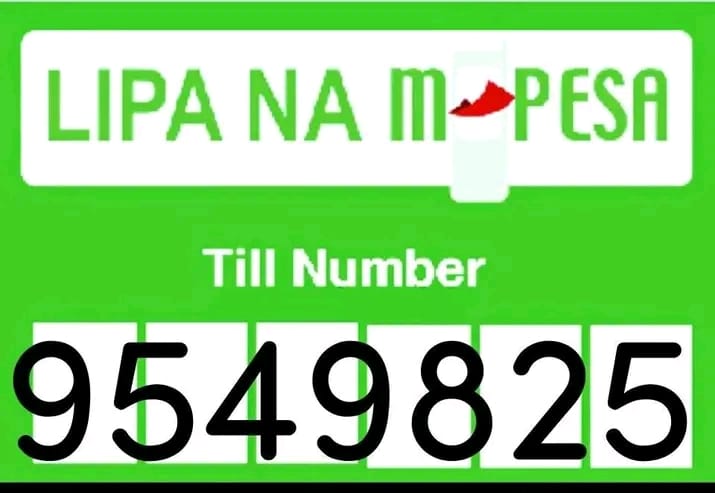
simply amazing, always for you.
A Nation on the Brink, a Man with a Mission
In the late 20th century, Sierra Leone stood at the edge of a precipice. A country rich in diamonds but marred by corruption and inequality, it was ripe for unrest. Into this fragile setting stepped a man who would soon become one of the most feared figures in West African history: Foday Sankoh.

A former soldier turned warlord, Sankoh became the face of the Revolutionary United Front (RUF) — a rebel group that would unleash unimaginable terror on the people of Sierra Leone. Through a combination of propaganda, brutality, and blood diamonds, he hijacked a nation’s future and plunged it into over a decade of chaos and civil war.
But who was Foday Sankoh? What drove him to rebel against the very country he once served? And how did his actions lead to the deaths, maimings, and displacement of hundreds of thousands of Sierra Leoneans?
Let’s dig deep into the tragic, explosive story of Foday Sankoh — the man who turned Sierra Leone into a living nightmare.
Early Life: The Making of a Rebel
Born in 1937 in Tonkolili District in northern Sierra Leone, Foday Sankoh came from humble beginnings. Raised in a Muslim household, he joined the Sierra Leone Army in the 1950s. By all accounts, Sankoh was disciplined and driven — but he also harbored resentment toward authority, and a deep distrust of government.
He received military training in the United Kingdom but was dismissed from the army in 1971 after a court-martial for insubordination. That dismissal left him bitter and politically disillusioned.
After leaving the army, Sankoh became radicalized. Inspired by Muammar Gaddafi’s pan-African ideology, he traveled to Libya in the 1980s, where he underwent guerrilla warfare training. It was in Libya that Sankoh met other disenchanted Africans, including Charles Taylor, who would later become Liberia’s brutal warlord-president.
Together, they dreamed of overthrowing their corrupt home governments — and replacing them with “people’s movements.” In reality, these movements would become synonymous with fear, terror, and bloodshed.
The Birth of the RUF: Promises Turned Poison
In 1991, Foday Sankoh launched the Revolutionary United Front (RUF) with the backing of Charles Taylor and his National Patriotic Front of Liberia (NPFL). The RUF entered Sierra Leone from Liberia, preaching a message of liberation.

Their rallying cry? “No More Slaves, No More Masters.”
On paper, they promised democracy, an end to corruption, and fair distribution of wealth. In practice, the RUF operated like a death cult.
They raided villages, looted government facilities, and kidnapped civilians — often children — to turn them into soldiers, sex slaves, or laborers. What began as a political rebellion quickly descended into one of Africa’s most horrific civil wars.
The Role of Blood Diamonds: Funding War Through Greed
At the heart of Sankoh’s war machine were Sierra Leone’s vast diamond reserves. Instead of being a blessing, these “blood diamonds” became a curse.
Sankoh and the RUF seized diamond mines in the eastern regions and used forced labor to extract gems. The diamonds were then sold on the black market, with proceeds funding weapons, ammunition, and mercenary support.
International smugglers and complicit dealers enabled this trade. The diamonds funded not just the war in Sierra Leone, but conflicts throughout West Africa.
Sankoh grew richer. The people grew poorer.
Crimes Against Humanity: A Legacy of Terror
The RUF’s reign of terror was defined by unspeakable violence:
- Mass amputations of civilians, including children, using machetes.
- Forced recruitment of child soldiers, drugged and coerced into killing.
- Rape and sexual slavery of women and girls.
- Public executions and torture of anyone suspected of supporting the government.
- The use of terror as a weapon — deliberately targeting civilians to break national morale.
Whole towns were turned into war zones. Citizens lived in fear of who would come for them next — the rebels or the army.
By the late 1990s, the RUF controlled vast areas of the country, and the death toll had risen to over 50,000 people, with millions displaced.
A Broken Peace: The Lome Peace Accord
In 1999, after years of failed attempts, the Lomé Peace Accord was signed. It offered a fragile truce between the Sierra Leonean government and the RUF.
Incredibly, the peace deal granted Foday Sankoh amnesty for his crimes and appointed him Vice President and head of the government’s diamond regulatory commission.
Yes — the same man responsible for war crimes was now in charge of the country’s most valuable resource.
Unsurprisingly, peace did not last.
The RUF continued to fight. In 2000, Sankoh’s forces kidnapped UN peacekeepers and resumed hostilities. Protests erupted in Freetown, and government forces — backed by British troops — cracked down hard.
Sankoh’s house was surrounded, and he was captured while attempting to flee.
Downfall and Death: No Justice, No Redemption
Foday Sankoh was arrested in May 2000 and later indicted by the Special Court for Sierra Leone on multiple counts of war crimes and crimes against humanity.
But he never stood trial.
In 2003, Foday Sankoh died in UN custody in Freetown from complications related to a stroke. He died a broken man, paralyzed and disgraced, never truly held accountable for the suffering he inflicted.
His death denied Sierra Leoneans the opportunity to hear him answer for his crimes in a court of law. For many victims, it was a bitter end to a bitter chapter.
Legacy: The Scars Still Remain
Even today, Sierra Leone bears the scars of Foday Sankoh’s rebellion.
- Thousands of amputees still live with physical reminders of the war.
- Many former child soldiers continue to battle trauma, addiction, and poverty.
- The diamond industry remains under scrutiny for ethical sourcing.
- And trust in leadership remains fragile.
But Sierra Leone has also shown resilience. Since the end of the war in 2002, the country has slowly rebuilt itself. It has held democratic elections, improved security, and worked toward justice and reconciliation.
Still, the memory of Sankoh’s chaos remains a cautionary tale — of how one man’s lust for power, cloaked in false promises of revolution, can devastate an entire nation.
From Soldier to Warlord — A Legacy of Ruin
Foday Sankoh began as a soldier disillusioned with a corrupt system. But instead of offering a better future, he became a symbol of everything he claimed to hate: greed, violence, and oppression.
His story is not just the tale of a rebel leader. It’s a lesson in how fragile nations can be torn apart by power-hungry men in the name of justice.
Sierra Leone is still recovering from the war he started — a war funded by diamonds, fueled by lies, and remembered in amputations, mass graves, and broken dreams.
Let his name remind the world: there is no glory in war built on the backs of the innocent.
SUGGESTED READS

Support Our Website!
We appreciate your visit and hope you find our content valuable. If you’d like to support us further, please consider contributing through the TILL NUMBER: 9549825. Your support helps us keep delivering great content!
If you’d like to support Nabado from outside Kenya, we invite you to send your contributions through trusted third-party services such as Remitly, SendWave, or WorldRemit. These platforms are reliable and convenient for international money transfers.
Please use the following details when sending your support:
Phone Number: +254701838999
Recipient Name: Peterson Getuma Okemwa
We sincerely appreciate your generosity and support. Thank you for being part of this journey!
